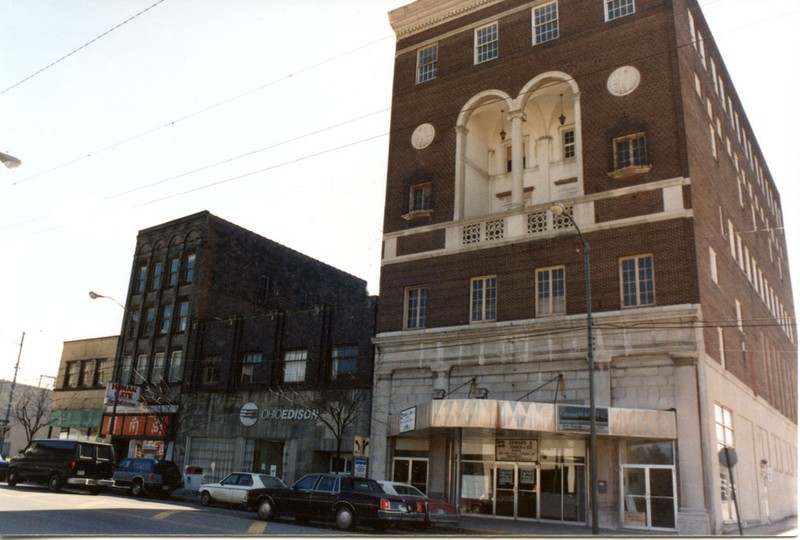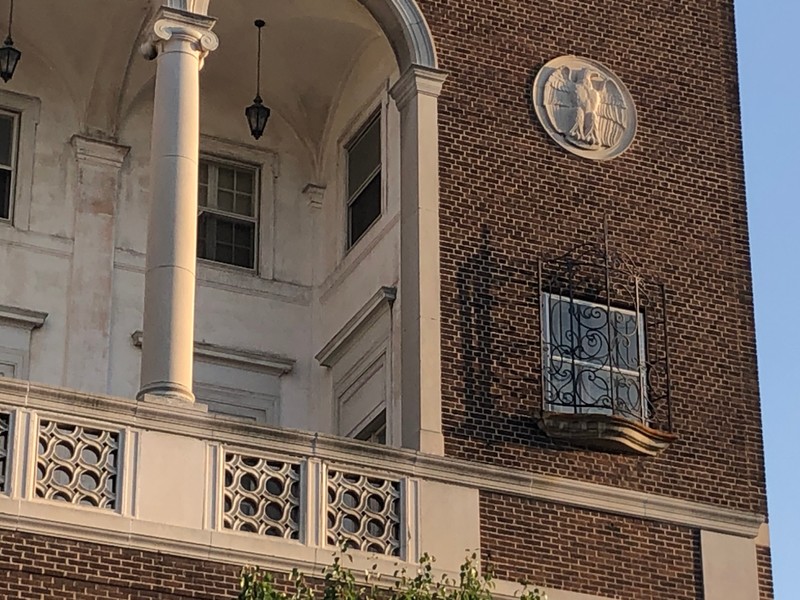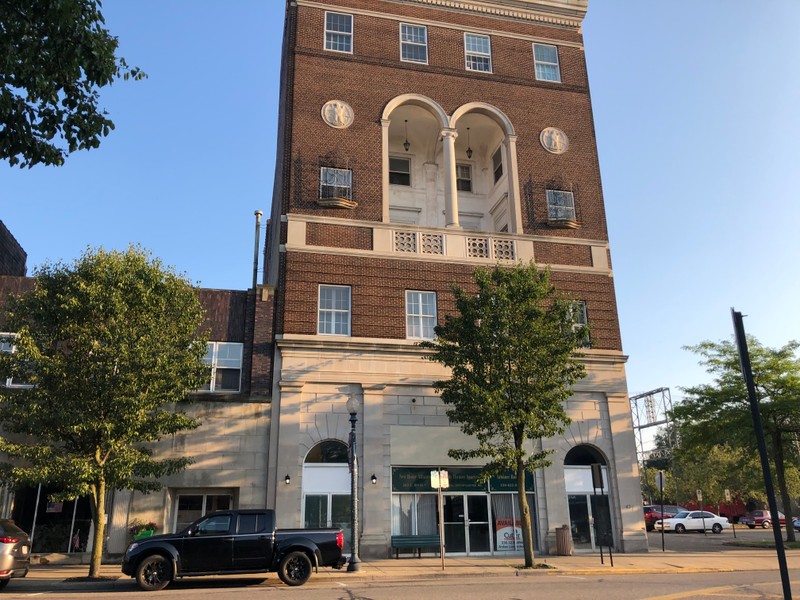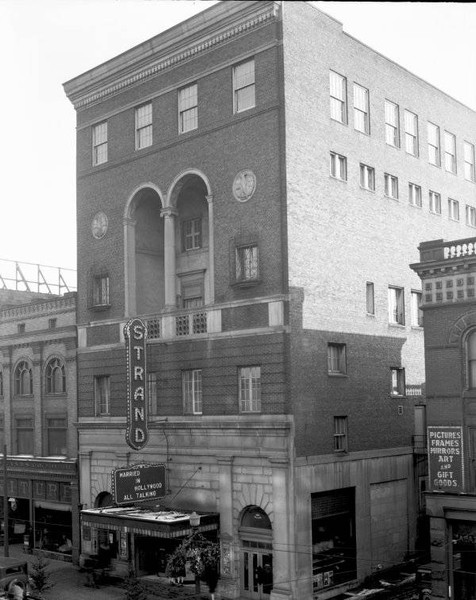Strand Theater
Introduction
Text-to-speech Audio
"The Strand" likely refers to a central London street known for its Victorian-era theaters, similar to New York's Broadway. Inspired by this district, Strand theaters were built across the United States, known for their opulent interiors. The Strand Theater, constructed in 1927 on the former site of the Parth Block building, features Romantic Renaissance Revival architecture, including Juliet balconies and ornate detailing. It introduced Alliance to the first "sound movies" but closed in 1960.
Images
Strand Theater, 1980s

Balcony detail of Strand Theater

Strand Theater

Strand Theater, 1929

Backstory and Context
Text-to-speech Audio
Some sources suggest that "The Strand" refers to a street in central London, once home to several renowned theaters, akin to New York's Broadway during the Victorian era. The flourishing district in London served as inspiration for Strand theaters across the United States. Renowned for their ornate interiors featuring crystal chandeliers, luxurious carpeting, and decorative plaster walls, many Strand theaters nationwide have since been demolished.
The Strand Theater stands on the former site of the Parth Block building, which was razed to make way for its construction in 1927. Characterized by Romantic Renaissance Revival architecture, the theater boasts multiple Juliet balconies, an arcade, and intricately embedded entablatures and plates hinting at subtle ornamentation. Upon its opening, movie tickets were priced at 40 cents per seat, and the theater introduced the city of Alliance to the first "sound movies." However, it ceased operations in 1960.
Cite This Entry
Historical Society, Alliance. "Strand Theater." Clio: Your Guide to History. June 11, 2024. Accessed April 3, 2025. https://theclio.com/entry/176977

